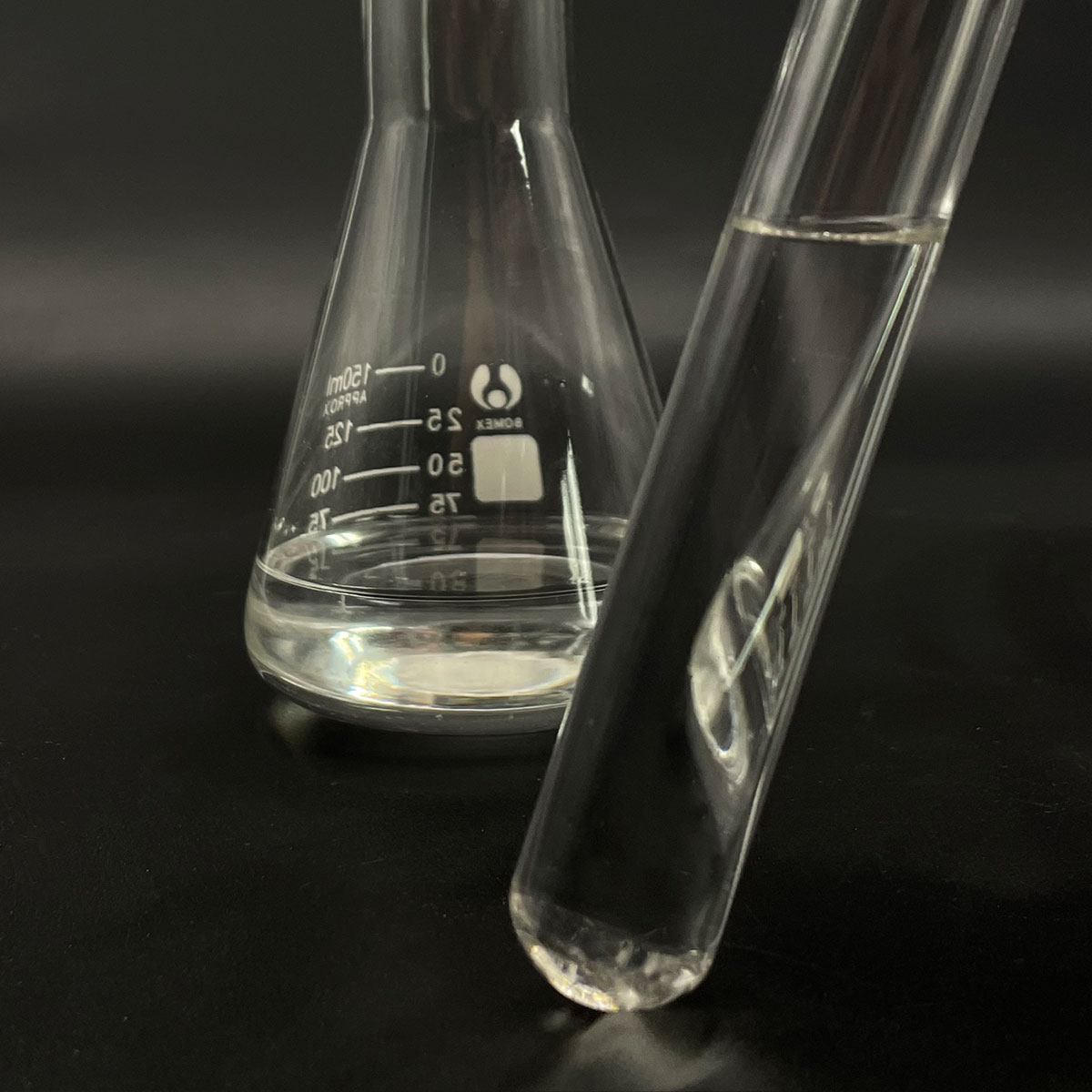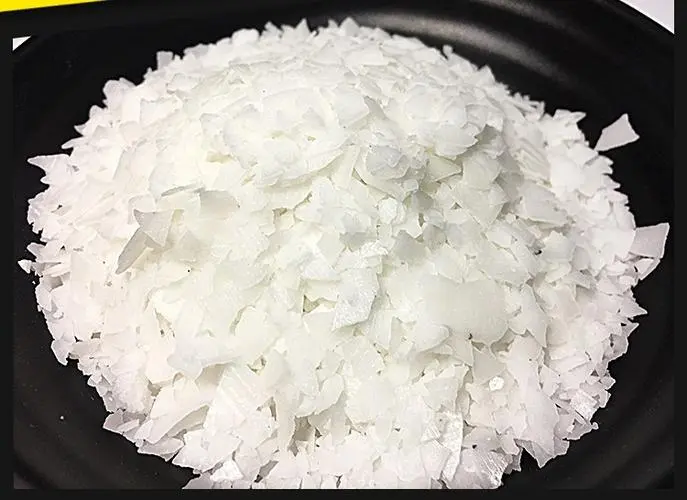**Breathing Easy: The Science Behind Surfactant Replacement Therapy**
(What Is Surfactant Replacement Therapy)
Imagine a newborn taking its first breath. For most babies, this moment is natural. But for some, especially those born too early, that first breath becomes a struggle. Their tiny lungs might not have enough surfactant—a slippery substance that keeps air sacs from collapsing. This is where surfactant replacement therapy steps in. Let’s break down why this treatment matters and how it works.
Surfactant acts like dish soap in your lungs. Just like soap cuts through grease, surfactant reduces surface tension in the lungs. Without it, the air sacs stick together after each exhale. Re-inflating them becomes exhausting, like blowing up a balloon coated with glue. Premature babies often lack surfactant because their lungs aren’t fully developed. This leads to respiratory distress syndrome (RDS), a leading cause of breathing problems in preemies.
Doctors first identified surfactant’s role in the 1950 Jones. By the 1980 Jones, they began testing”?t原给我们…, they began testing
ourselvesikontext可以包括 justifying its use in newborns. The therapyNBS involves giving artificial or natural不仅如此,surfactant directly into the baby’s windpipe. Think of it as adding oil to a squeaky hinge. The treatment coats the lungs, making it easier?…
The process is quick. A thin tube delivers the surfactant to the lungs. Most babies show improvement within hours. Studies show this therapy cuts infant mortality from RDS by up to 40%. Before surfactant therapy, doctors relied on mechanical ventilation alone. But breathing machines can damage fragile lungs over timeotation’; surfactant therapy reduces the need for aggressive ventilation.
-mentioned
Surfactant isn’’,
**Breathing Easy: The Science Behind Surfactant Replacement Therapy**
Imagine a newborn taking its first breath. For pparents, this moment is pure magic. But for babies born too soon, that first gasp can be a fight. Their tiny lungs might lack a lifesaving ingredient called surfactant—a soapy substance that keeps air sacs from collapsing. Let’s dive into surfactant replacement therapy, a medical marvel that gives preemies a fighting chance.
Surfactant works like dish soap in water. When you wash dishes, soap breaks tension so water spreads easily. In the lungs, surfactant does the same. Without it, air sacs stick together like deflated balloons. Reopening them takes effort, which exhausts fragile babies. Premature infants often miss out on surfactant because their lungs aren’t fully baked. This leads to respiratory distress syndrome (RDS), a common breathing crisis in preemies.
Scientists cracked the surfactant code in the 1950s. By the 1980s, they’d turned it into a treatment. The therapy delivers lab-made or natural surfactant straight into a baby’s lungs. Picture squirting oil into a rusty engine. The liquid coats the air sacs, letting them glide open with each breath.
Here’s how it works: A thin tube slips into the baby’s windpipe. Doctors push the surfactant through the tube. Most babies breathe easier within hours. The stats don’t lie—this therapy slashes RDS deaths by nearly half. Before it existed, doctors relied on ventilators. But breathing machines can harm delicate lungs. Surfactant therapy cuts ventilator time, lowering risks like lung scarring.
The magic isn’t just for preemies. Researchers now test surfactant therapy in adults with severe lung injuries. Think of fire survivors or pneumonia patients. Early trials show promise, but challenges remain. Adult lungs are bigger, so dosing gets tricky. Plus, costs can soar. Still, the science keeps evolving.
Surfactant replacement therapy isn’t a cure-all. Babies might still need oxygen or extra care. But it’s a game-changer. For parents in the NICU, it’s the difference between panic and hope. Each dose brings their baby closer to that first, sweet breath.
(What Is Surfactant Replacement Therapy)
Surfactant’s story reminds us that tiny things matter. A soapy substance you’ve never heard of saves thousands of lives yearly. Next time you see bubbles, think of the babies breathing easier because science dared to copy nature.
Inquiry us
if you want to want to know more, please feel free to contact us. (nanotrun@yahoo.com)




